France PMI Manufacturing dropped from 55.9 to 54.9 in December, below expectation of 55.3. PMI Services dropped from 57.4 to 57.1, above expectation of 55.6. PMI Composite dropped from 56.1 to 55.6.
Joe Hayes, Senior Economist at IHS Markit said:
“France’s economy ended the fourth quarter with another solid monthly expansion in output, but the headline number doesn’t really tell us the full story as trends by sector are still widely divergent.
“Growth in France is, at present, entirely reliant on the service sector as manufacturing output fell for the second time in the past three months. Weak demand for goods, supply shortages and the consequent impact these have on production is weighing heavily on manufacturers. Meanwhile, although services firms are continuing to see rising activity levels, growth slowed from November as some firms saw new business intakes dented by the latest wave of COVID-19 infections hitting France right now. Tourism has also been a welcomed pillar of additional support to the services sector since the middle of this year, but December data showed new business from overseas falling amid the emergence of the Omicron variant.
“It’s clear that the risks to the economy have grown substantially since November, and a fresh wave of COVID-19 infections could de-rail services activity. While France has so far distanced itself from implementing virus-combatting measures of the same stringency as other parts of Europe, changes in business and consumer behaviour in the face of the Omicron variant could dent the recovery.”




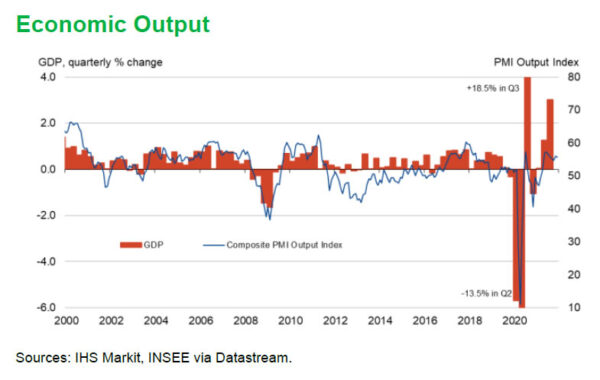
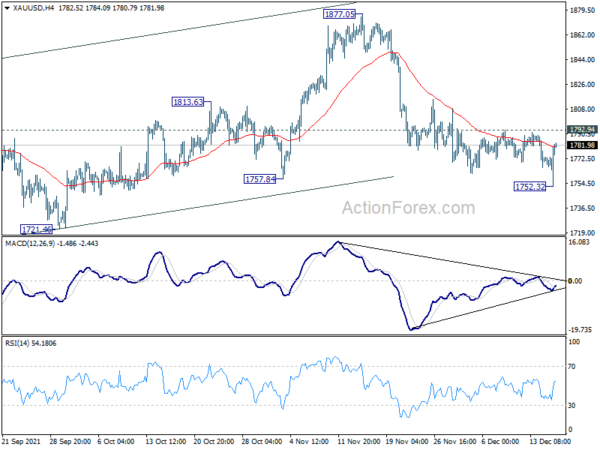
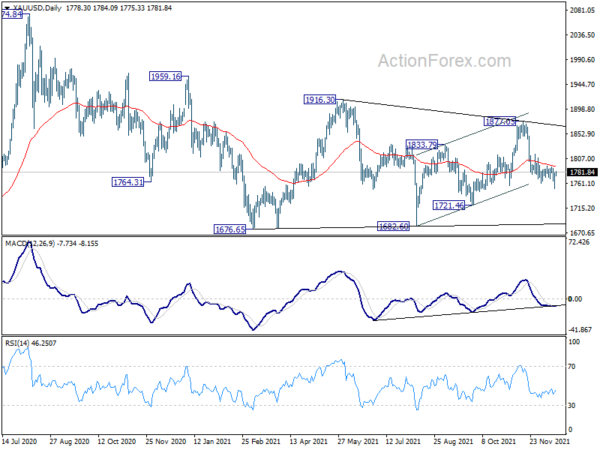
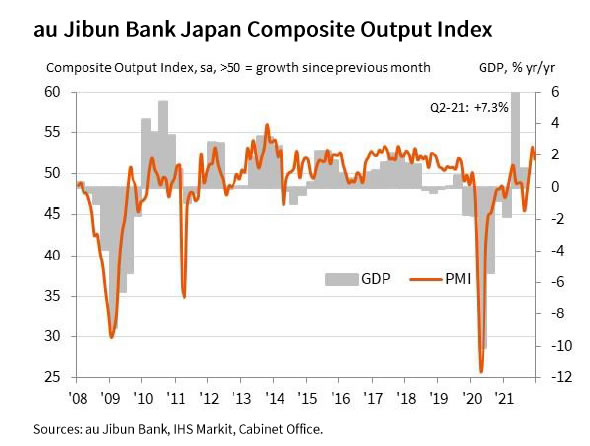
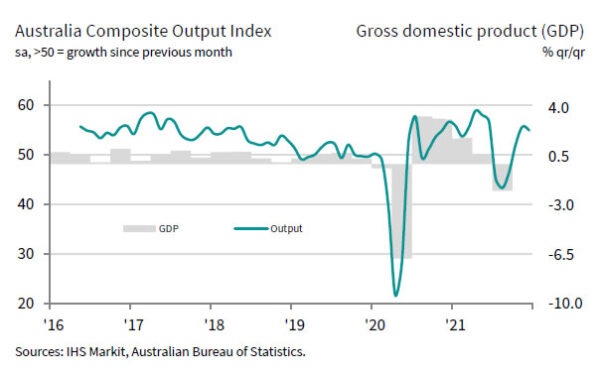
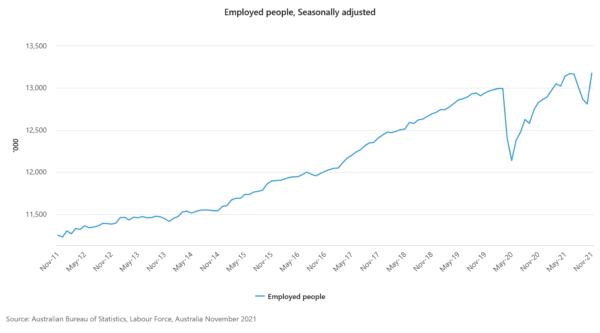
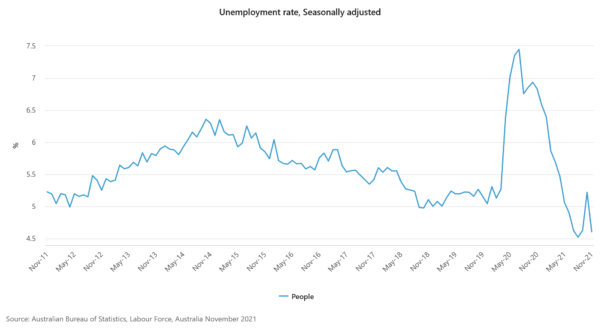
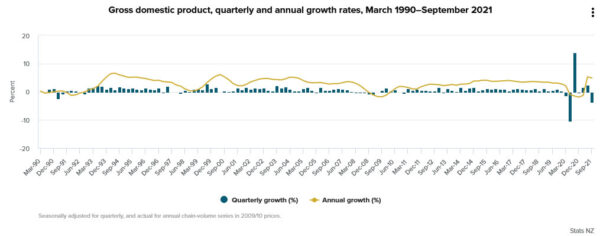

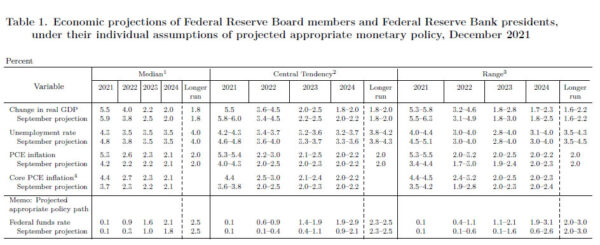
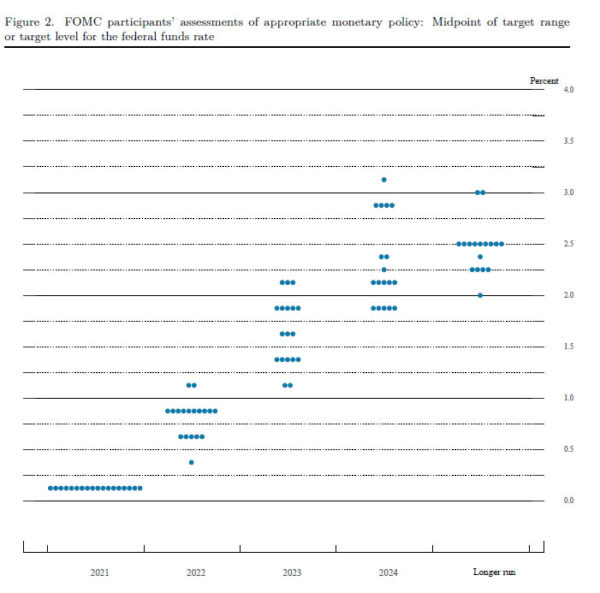
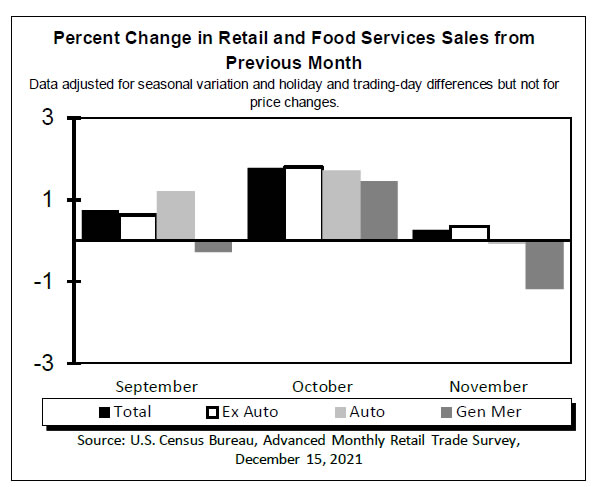
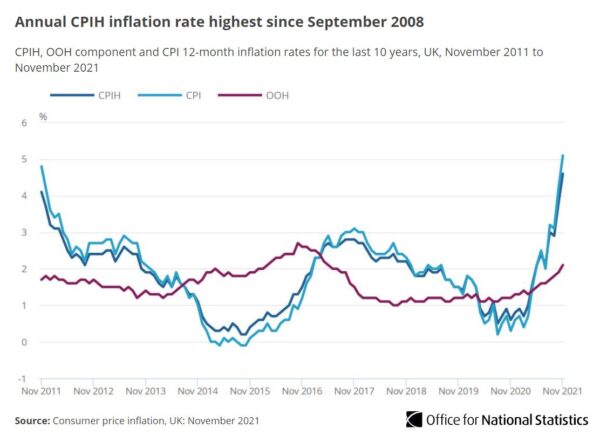
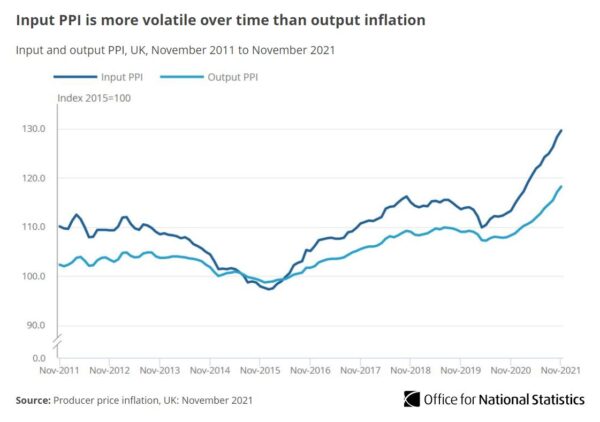

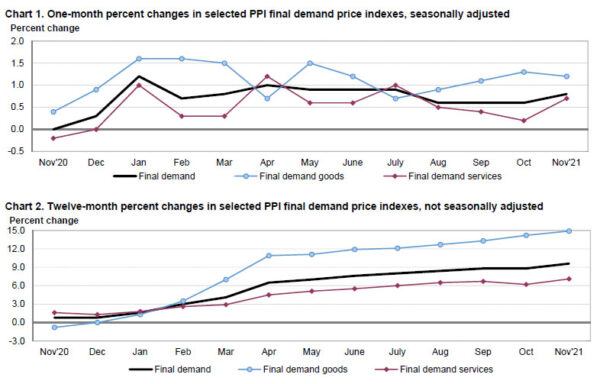
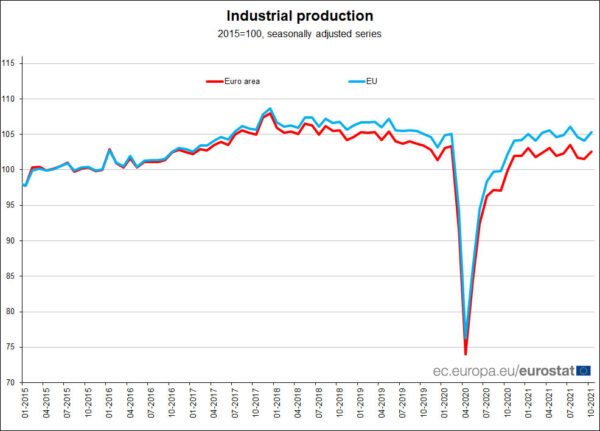

Germany PMI manufacturing rose to 57.9, services dropped sharply to 48.4
Germany PMI Manufacturing rose from 57.4 to 57.9 in December, above expectation of 57.0. PMI Services dropped sharply from 52.7 to 48.4, below expectation of 51.0, back in contraction, and a 10-month low. PMI Composite dropped from 52.2 to 50.0, an 18-month low.
Phil Smith, Economics Associate Director, at IHS Markit said:
“The German economic recovery was stopped in its tracks in December by the resurgence of the pandemic, as renewed restrictions and increased uncertainty dampened activity across the country’s service sector.
“However, despite the somewhat gloomy headline number, there were a number of more positive takeaways from December’s flash survey, including an uptick in manufacturing growth and resilient business confidence. Goods production showed its strongest increase for three months, which coincided with a drop in the number of reports of longer lead times on inputs to the lowest since January. Any disruption to supply chains from the emergence of the Omicron variant seems to have been limited so far, although its impact may not have filtered through yet and the situation has the potential to change quickly if more cases start to appear, particularly in ‘zero-COVID’ policy economies.
“A rise in business expectations indicates that companies are looking past any current disruption to a brighter outlook in 2022, when it is expected that the pandemic will become less of an issue and supply-chain constraints will ease. As such, firms are gearing up for strong growth next year and continuing to add to payroll numbers at a historically strong rate.
“Price pressures continue to run extremely hot, but December’s survey has at least offered the first indication that inflation might have peaked as rates of increase in input costs and output prices eased slightly from November’s multi-year highs.”
Full release here.